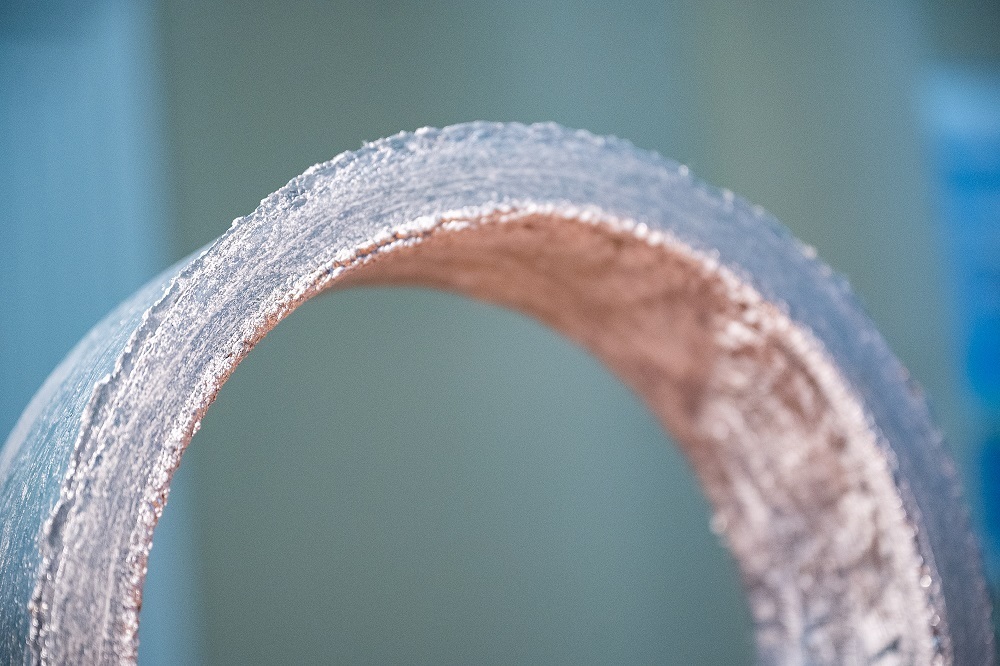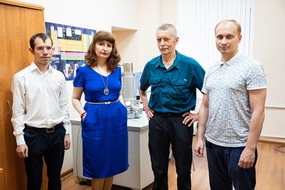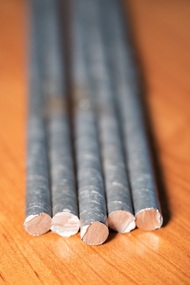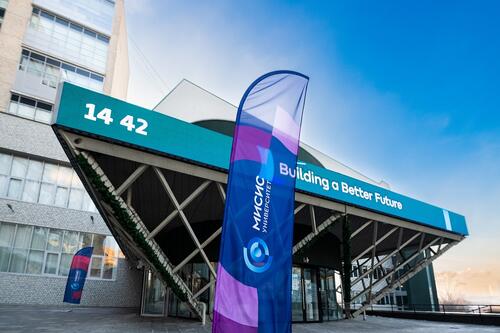The MISIS University scientists have patented an improved aluminum-calcium alloy (Al—8%Ca—1%Ni—2%Mn system), which is perfect for manufacturing longer-lasting engines for passenger cars, trucks and agricultural machinery. Thanks to its unique characteristics, it may also be used to produce welded and cast structures and assemblies in aircraft, instrumentation systems in the space industry and parts for shipbuilding, where an increased corrosion resistance is required. The new alloy is easy to manufacture and requires much less financial and labor costs compared to conventional alloys.
Constantly increasing demands to the power density and the need for lower emissions, reduced noise, more efficient fuel and oil consumption are major engineering challenges for the engine. For pistons, these challenges result in imposing requirements for the maximum strength and heat resistance combined with minimum weight. Heavy-duty pistons operating at temperatures of up to 300°C require not only a certain level of mechanical properties (strength, hardness, ductility) but also a low factor of thermal expansion and a sufficiently high thermal conductivity. They are typically manufactured through the use of aluminum-silicon alloys Al-Si, or silumins. The most common is AK18, i.e. the aluminum-silicon alloy with 18% silicon. It shows a low plasticity driven by an increased proportion of large brittle crystals of primary silicon, which causes the need to modify alloys of this type in the course of smelting. The need for a full cycle of heat treatment, including quenching, to harden them is another drawback. It make the products more expensive and often leads to undesirable defects, specifically, to dimensional instability.
“As opposed to silumins, aluminum-calcium alloys (Al-Ca) have a reduced density, the right combination of mechanical properties and high corrosion resistance, while the joint introduction of manganese (Mn) and nickel (Ni) additives contributes to alloy strengthening. Calcium enables to bind manganese and nickel in ternary compounds, which have a favorable compact morphology and exert no adverse effect on mechanical properties, in particular, plasticity,” Nikolay Belov, a project co-author, Dr. Sci. (Engin.), Professor of the NUST MISIS Department of Pressure Metal Treatment, noted.
In addition, cutting production costs is among the most crucial tasks of any manufacturing facility, which is impossible without improving the technological properties of materials in use. Many advanced equipment items require lightweight materials with a predefined set of physical and mechanical properties. Al-Ca-alloys are remarkable for the ability of a thin eutectic mix structure to be achieved without the use of special modifiers, meaning it is much cheaper and easier to produce. On totality of characteristics, this alloy may be considered as a basis for the development of new-generation eutectic alloys as an alternative to AK18-type silumins.
“The choice of methods and modes of alloy deformation is, in principle, a non-trivial task. Our Al-Ca-Ni-Mn alloy is highly manufacturable in terms of not only shaped castings but also deformed semi-finished products. These characteristics were originally believed to be incompatible. High solidification temperatures and the lack of low-melting phases provide for an increased heat resistance of these alloys compared to silumins. This property makes it possible to produce stronger and more durable pistons for internal combustion engines,” Evgenia Naumova, a patent author, Ph.D. (Engin.), Associate Professor at the NUST MISIS Department of Pressure Metal Treatment, explains.
According to the researcher, other advantages include: low density, high corrosion resistance, high wear resistance, high casting properties and good weldability. Products may be manufactured through the use of conventional technologies, such as casting and deformation, without expensive modification in the course of smelting, and may be hardened without quenching. Moreover, the new alloy may be produced from recyclables.
The alloy was developed under the Russian Science Foundation project No. 20.19.00746.
Further research is focused on finding compositions with an improved set of physical and mechanical properties and methods to increase their strength. In particular, scientists have found that alloying the Al-Ca alloy with iron (Fe) and manganese (Mn) additionally improves the structure and increases strength. A better balance of strength and plasticity of the alloy is achieved by high-pressure torsion. In just 3 turns, the strength has increased by a factor of 5, and the relative elongation of the alloy — by a factor of 1.5. The findings are outlined in the international scientific Materials Letters journal (Q1).





